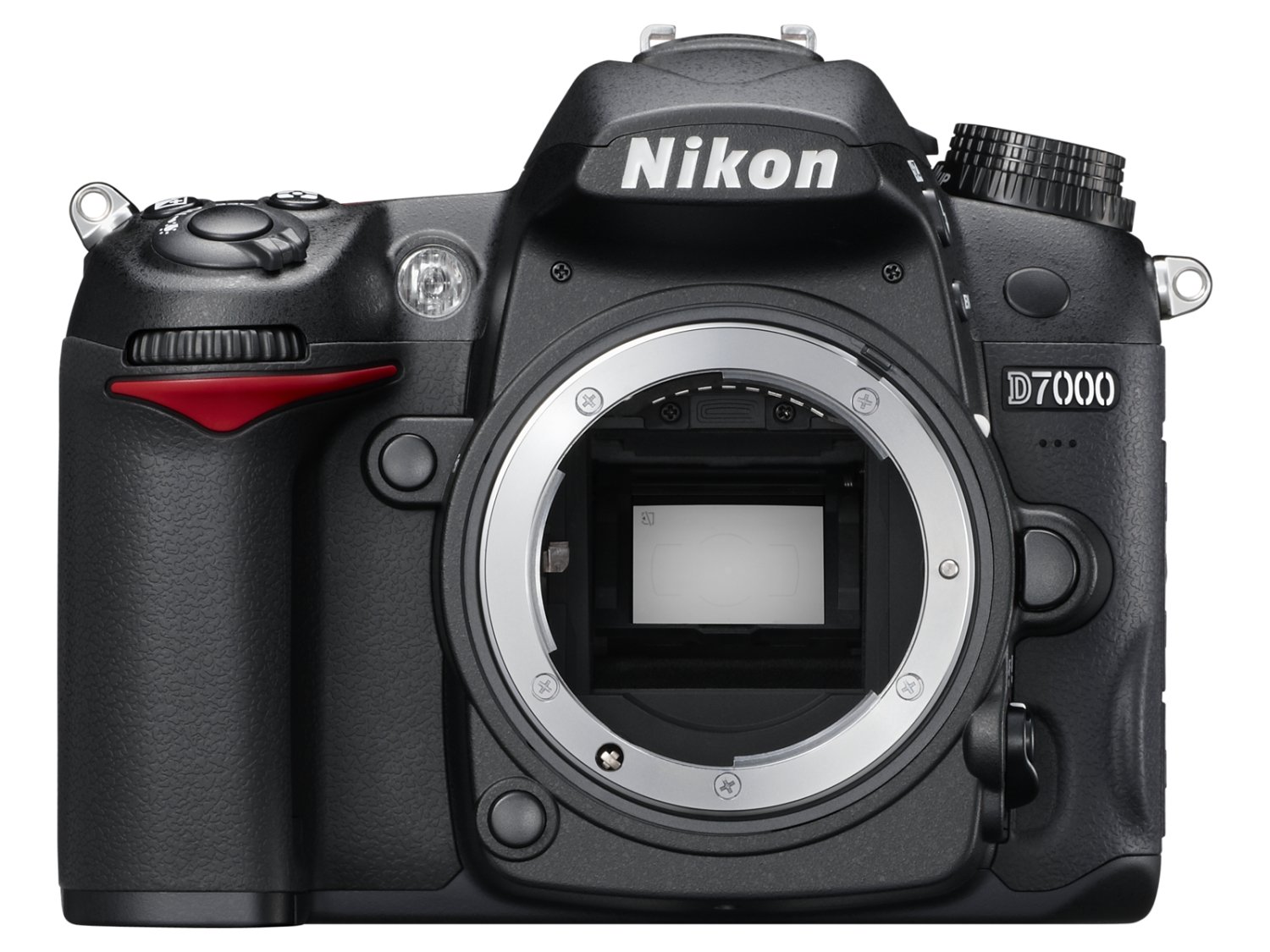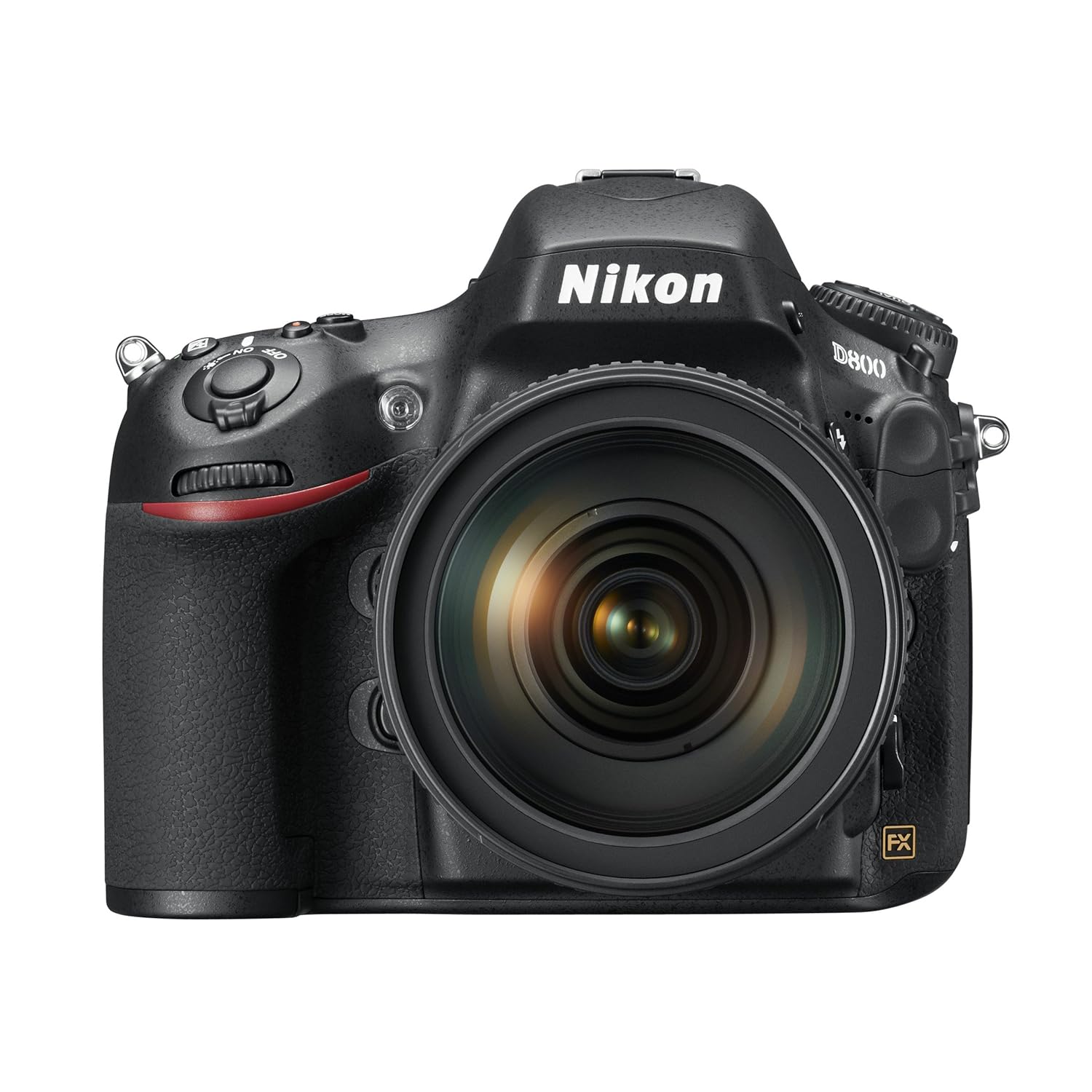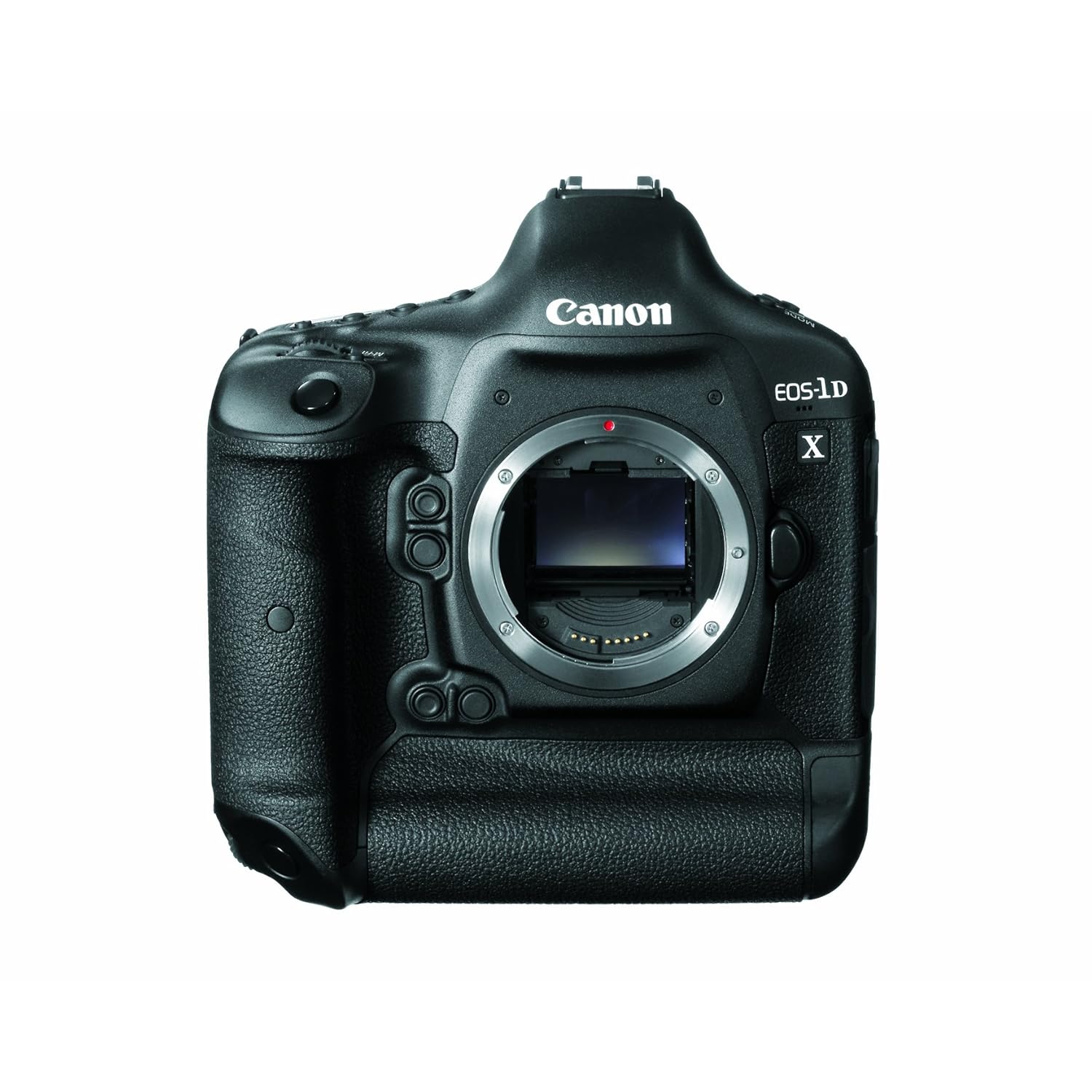What is bokeh? Bokeh in photography is the out of focus region in the picture. You may have seen great pictures where the subject is sharp and the background is out of focus, soft and almost dreamlike. That out of focus region is the bokeh. The other term that is used often with bokeh is depth of field. Depth of field is the amount of your image that is in focus.
 |
ISO: 400 Focal Length: 50mm
Aperture: f/1.8 Shutter Speed: 1/160
Cropped to get more detailed view
|
Take for example this picture of some bike gears. There is an area of the image that is sharp and then it becomes more and more out of focus as you get to the top of the picture.
There are a few factors that influence bokeh and the depth of field of your shot: Sensor size, aperture, focal length, distance to subject and distance to background.
Sensor Size
Bigger is better when it comes to bokeh. This is why it is hard to get great bokeh with a point and shoot camera. They typically have very small sensors. If you have a DSLR they will have a much larger sensor and therefore can produce better bokeh. Of course if you want the best, get a full frame DSLR or medium format camera.
Aperture
Shooting at a very wide aperture will produce better bokeh. This is why I like to shoot in aperture priority mode. If I want a very small depth of field and great bokeh I will choose a very low aperture number. Be careful when shooting with a very low aperture number. You will need to set your focus very carefully because you may have a depth of field less than an inch sometimes. Typically for portraits you should set your focus on the eyes.
Focal Length
A longer focal length will give a shallower depth of field and more bokeh than a shorter focal length. If you are shooting with a 70-200mm zoom lens then you will have a much shallower depth of field at 200mm than at 70mm if all your other settings were the same.
Distance to Subject
If you are closer to your subject you will have more bokeh and if you are farther away from your subject more of the picture will be in focus. This is why macro shots have such a narrow depth of field.
Distance to Background
If you want the background of your picture to be out of focus then don't place your subject right next to the background. For instance if you are shooting a portrait with a wall as a background. Don't have the person you are shooting stand against the wall. Have them stand a few feet in front of the wall.
Summary
If you want the best bokeh and the shallowest depth of field use a large sensor camera, wide aperture (low number), long focal length lens, be close to your subject and have your subject away from the background.















